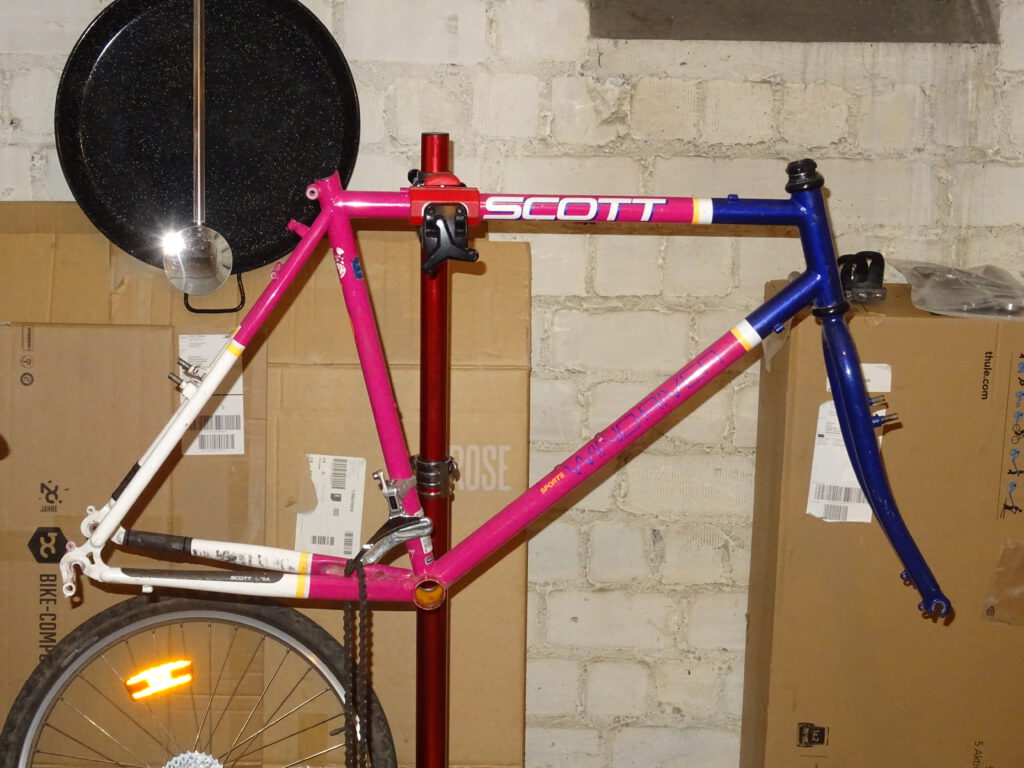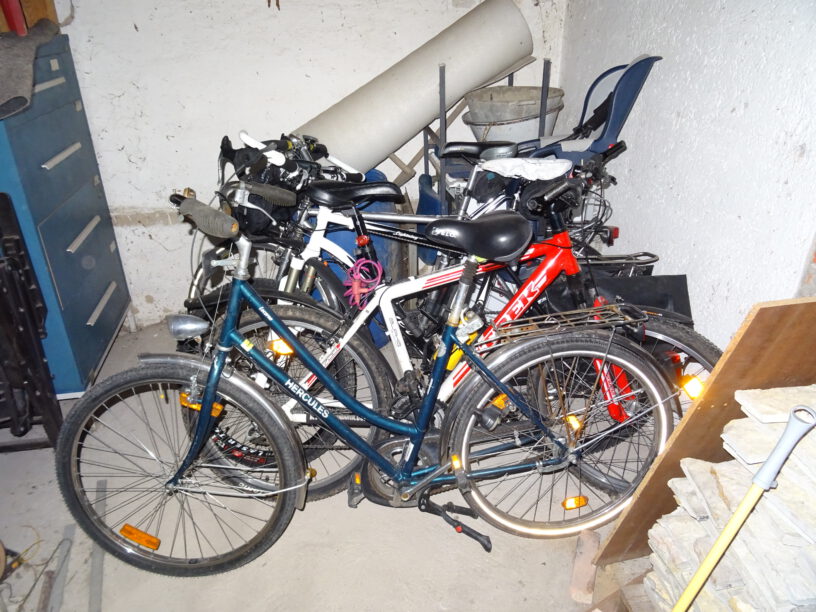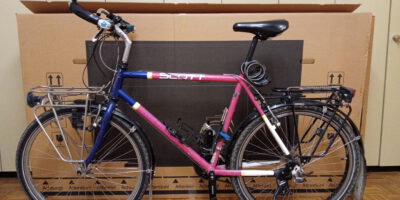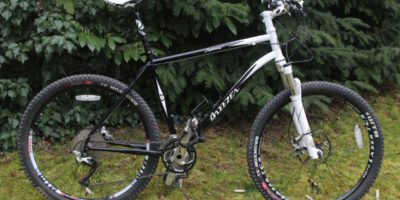A big problem of doing a cycling trip far away is that you need to transport the bike to the beginning point, and then bring it back at the end. Of course you could start from our own home and do a circular trip, but this is often not possible. A common way to transport the bike is packing it in a cardboard box and travel by plane with it. But I hate the whole process. First you need to find a suitable box, then you need to find an airline that 1) accepts carrying the bike 2) does not charge a fortune to carry it and 3) you need a way to transport your box from your home to the airport. Once the trip is over, you need to do all over again to return home.
Against this, I have developed a new technique that saves half the hassle (and costs). In Germany where we live the second hand market for bikes is very competitive, and if you look around it’s not hard to find good deals on used bikes. So in our latest trips what we have done is to find decent used bikes, travel with them to the initial point, do the tour, and then sell/donate them at the end. We normally look for early 90’s mtbs because:
- they are sturdy
- they are easy to find at good prices
- they have rigid forks with no maintenance required
- the frame is usually steel, which is good for touring as it is less likely to break and easier to repair than other materials
- they have 26″ wheels. It was long considered 26″ is the most popular size in many countries and it would be easier to find spares. I don’t think this is still true, but at least 26″ wheels being smaller, they are easier to pack to carry in any public transport, and smaller wheels are stronger than bigger wheels, all other things being equal.
- their maintenance on the road is very easy. External cables, simple brakes, few complex parts,…

These types of bikes are easy to find used in Germany for about 50-100 euros, and after a check and replacement of parts, it’s not hard to get them tour-ready for a total of 150 euros, which is the same many airlines charge to carry the bike, meaning that if you don’t need to bring the bike back, in the end the bicycle ends up being “free”. You might even be able to sell the bike at your destination. Another benefit is that due to the low purchase cost, you don’t bother so much if your bike is mistreated when loading it into buses or trucks, or you leave it parked outside.
In 2014 we cycled around Cuba for a month with 2 old mountain bikes which costed 75 and 80 euros respectively, no extra improvements required, one needed a rack but I had a spare one. Bringing them on the plane costed 90 euros each, and we donated them in the end, which was hugely welcome as bikes are a hot commodity in Cuba for personal transportation.
In 2015 I cycled in India for 3 weeks, again with an old mountain bike that costed 30 euros and needed another 60 euros in improvements. I paid 100 euros to transport it in the plane and sold it at the end of the trip for 60. Taking a bike there and back would have costed 200 euros and extra hassle, this was only 130 euros and no worries on the return trip!



Leave a Reply